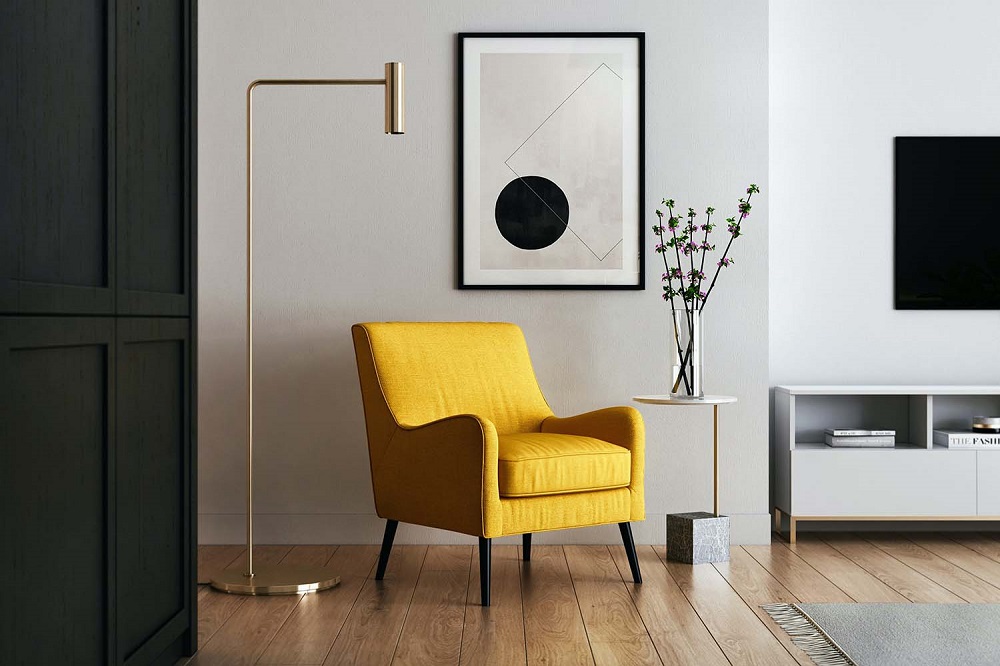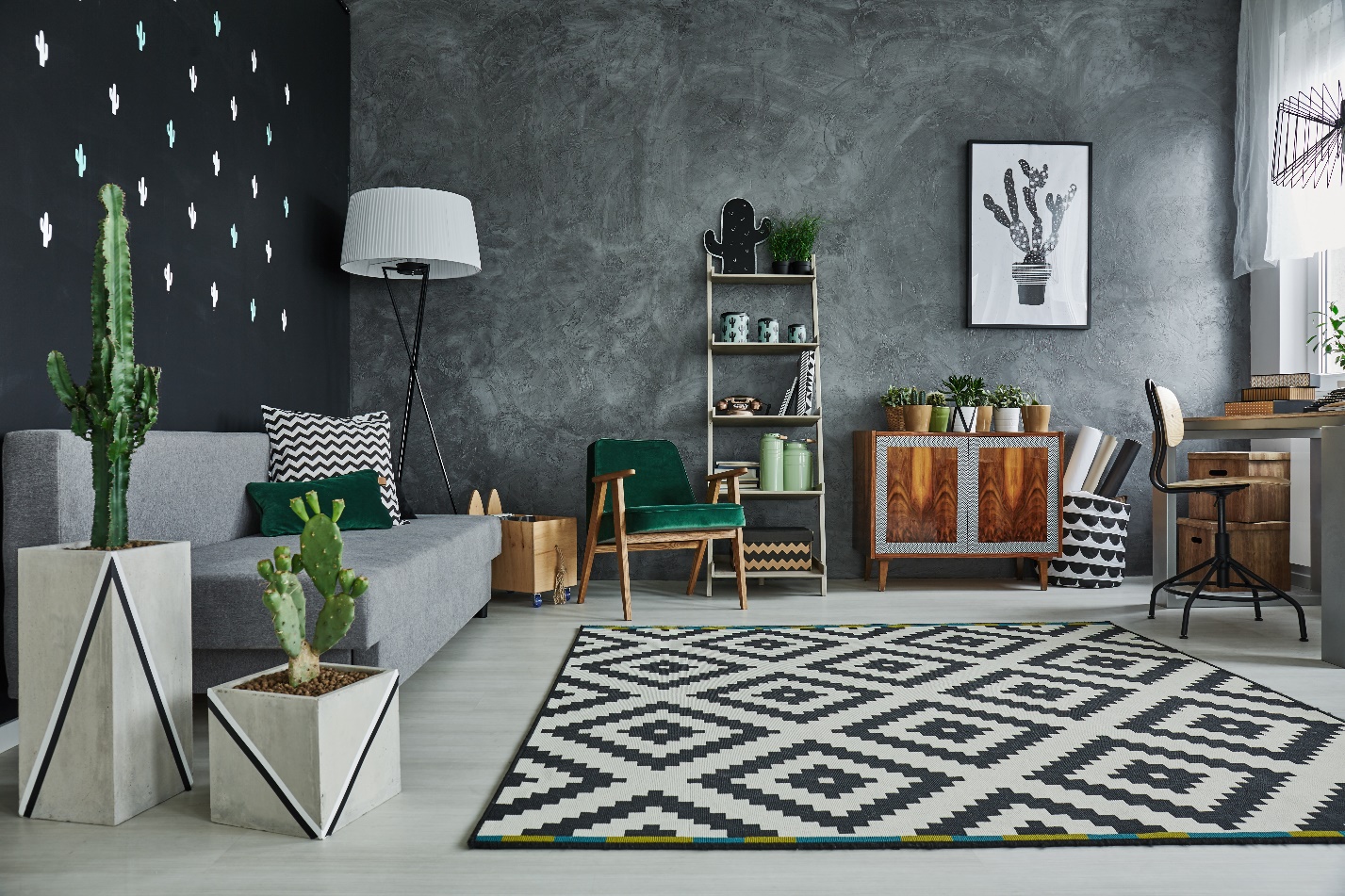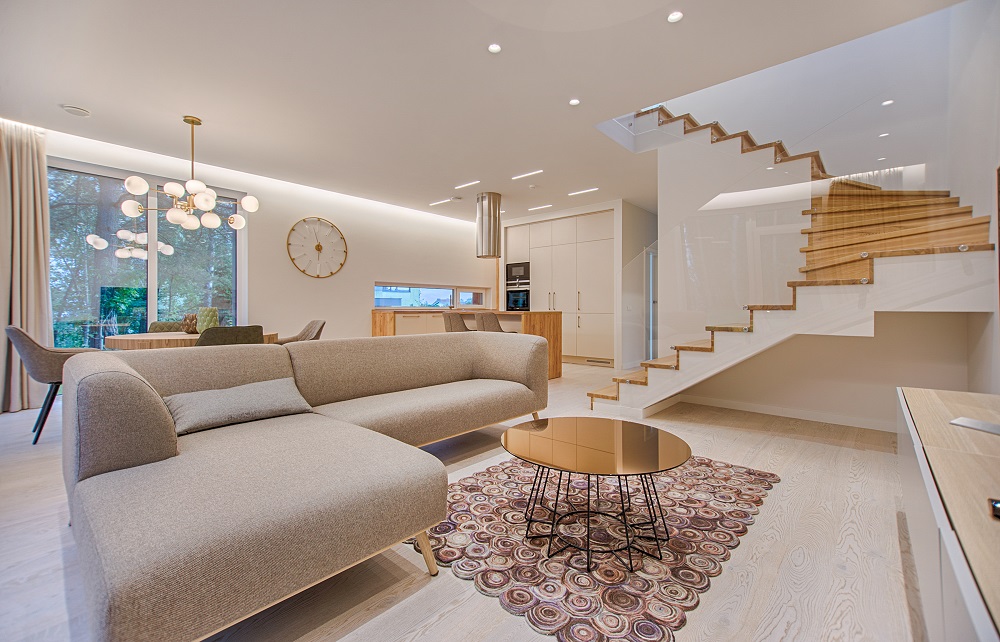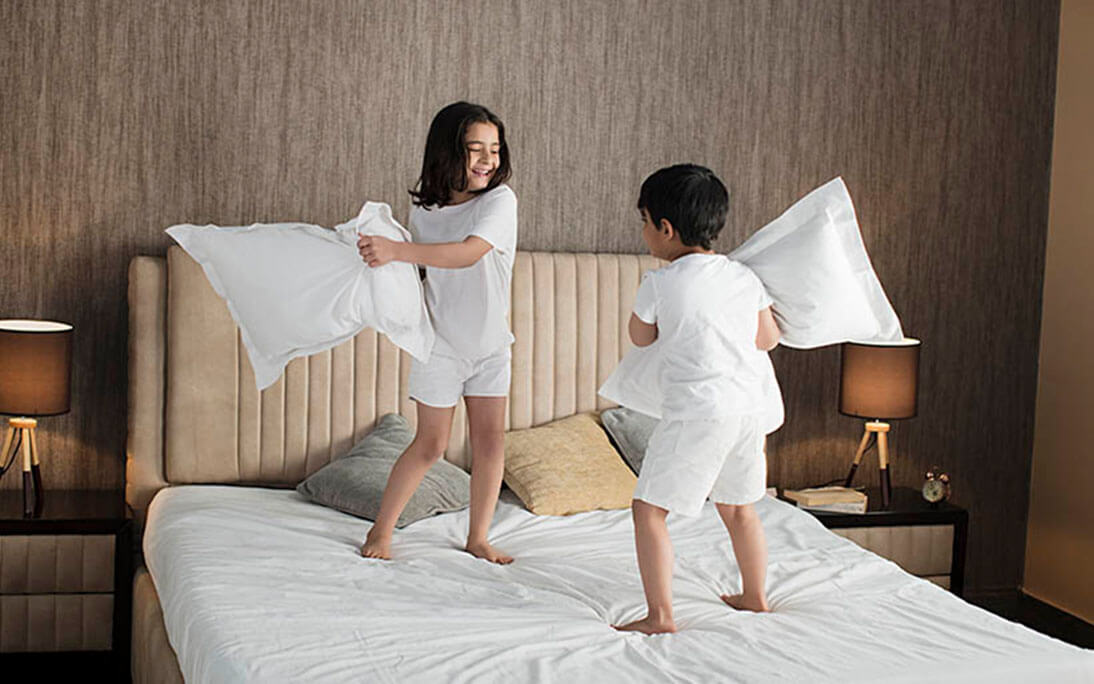Your home’s interior design is one of the things you will get excited about when you buy a house or an apartment. Even if you already have a vision in your head, it is still best to consult a professional. You can also read a reference before you start decorating.
With a decent design in mind, you can develop wonderful and unique ideas for your work. You can also improve your living space.
In this article, you will know what to consider when choosing an interior design for your space.
Unity and Harmony
When it comes to interior design, you must think of your home as a house. It is a collection of rooms connected by hallways and stairways. And, it is only natural that there’s a consistent aesthetic and concept throughout.
But, it doesn’t mean that all interior design pieces must be identical. But, they must complement and work together to enrich the complete composition. The well-considered use of color is one technique to establish this theme or tale.
Light and Lighting
No amount of artificial lighting, regardless of how many you use for a room, can replace natural light. As a result, always look for ways to optimize natural lighting in a room. A room’s windows and doors must let in as much natural light as possible. So, you should pick any light fixture and fittings with care.
Proper lighting is essential if the room is in a location where there is not a lot of natural light and at night. Using many layers of light to provide optimal illumination in a room is a terrific approach to do so. The first aim of excellent lighting design is to avoid having too much or too little light in a space.

Strike a Balance
Balance is the fair split of appearance in a single room statement. Balance is also into three types: asymmetrical, symmetrical, and radial.
Many people know traditional interiors for their symmetrical balance. For instance, you may recall old rooms where each side is an exact duplicate of the other. Since symmetry mimics the human shape, you are at ease in a balanced environment.
Asymmetrical balance is more suitable in interior design. It uses a different object with the same idea or eye appeal to produce a balance. Asymmetrical balance feels more natural and unforced, but it’s harder to meet. Asymmetry evokes movement, resulting in more vibrant interiors.
Meanwhile, radial symmetry is arranging design elements around a central point. The radial balance of a spiral staircase is an excellent illustration of this. Although rarely used in interior design, it gives an exciting contrast if applied.
Focal Point
In interior design, the biggest enemy you will face is boredom. A well-designed space would always have one or more focal points, depending on its size. A focal point must be remarkable and exciting enough to capture attention. Also, a focal point must leave an impact and be a blended element of the design, based on style, scale, colour, or concept.
If asked to think of a space focal point, many people will think of a flat-screen television or a fireplace. But, when you centre on maintaining a balance, the focal point will not take up all your attention.
Rhythm
If we’re talking about music, we will characterize rhythm as the pulse of the music’s beat. Rhythm is also a pattern of repetition, recurrence, or coordinated movement. In interior design, rhythm is about visual pattern repetition.
A design theme can come from using progression, repetition, transition, and contrast. It would give your space a sense of movement by drawing the eye from one design detail to another.
Repetition is the employment of the same element in a place more than once. It repeats a colour, pattern, texture, line, other features, or even many details within a design.
Progression is the process of improving or reducing an element’s properties. A gradient by size is the most obvious example of this.
Transition is more difficult to define. Unlike progression or repetition, transitions allow the eye to glide from one area to another. The use of a curved line to guide the eye, like an arched doorway, is the most typical transition.
General Details

Furniture
Amateur interior designers tend to stuff a room with furniture without much thought. Of course, you must have the necessary furniture in a room. But, it would help if you also made sure that there isn’t too much furniture to obstruct people’s movement. Avoid overcrowding a room. Remember that keeping some open space in a room can make it look basic but appealing.
Colours and Textures
Colours can be an essential factor in making a room look appealing. Colour selection can affect a design. Using hues like red and yellow in excess may not be a brilliant idea. Before making a final decision, check some interior designs created by professionals.
Scale and Proportion
These two design ideas are also related to shape and size. Thus, they go hand-in-hand. Proportion is the relationship of one design element to another or one element to the whole. The size of one object, when compared with another, is what scale is all about.
The variables of interior design mentioned above can help you start designing. They will help you turn your house into the home you have always wanted. But, before you do start, there is another thing you must consider: home insurance.
Thinking about home beautification is good. But, it is also best to think about protecting this home.
It would help if you found a home insurance policy that covers not only your house’s structure. It must also cover your home’s contents. Doing this is essential, especially if you have expensive belongings. You would want to protect your piano or antiques in case of events such as a fire or an earthquake.
As soon as you have your home insurance in place, you can design the interiors of your home to your heart’s content. Let professionals help you find the right policy for all your needs. With their help, you can rest assured that everything you own has complete protection.


